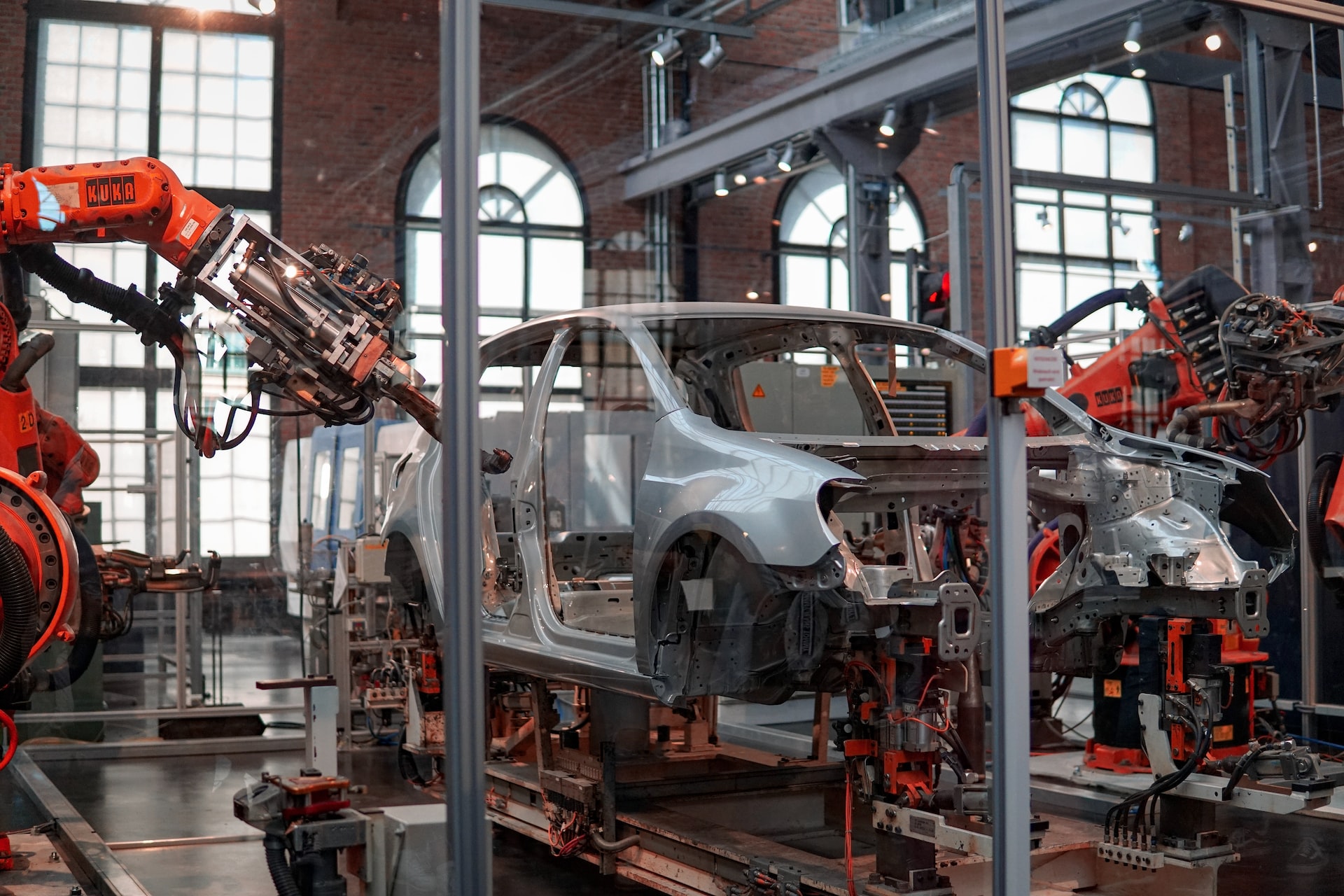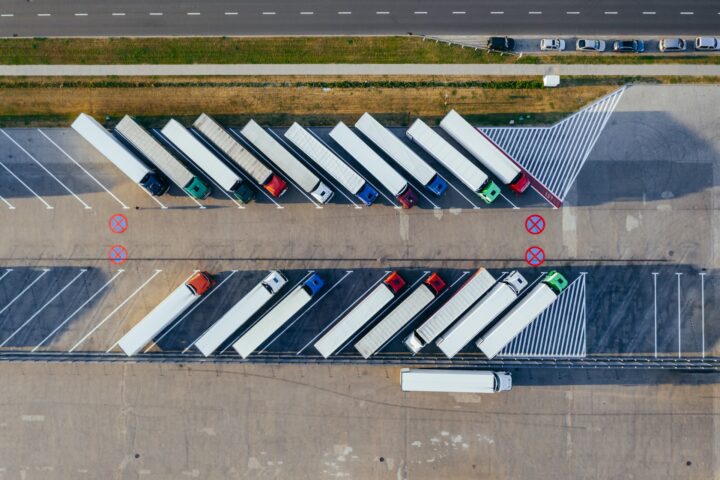Search
About Us
Follow
Subscribe to the BrutalTech.news newsletter now to stay up-to-date with the latest news, interviews, and analysis in the field.
Sign up to our Newsletter
Don't miss out on the latest and most comprehensive coverage of the industrial tech and automation industries. Subscribe to the BrutalTech.news newsletter now to stay up-to-date with the latest news, interviews, and analysis in the field.


The healthcare sector is one of the largest producers of plastic waste. Disposable medical plastics have been estimated to represent up to 30% of landfilled medical solid waste, contributing to plastic pollution and the depletion of non-renewable sources. However, through chemical recycling, this waste can be turned into a valuable resource, supporting circularity and potentially reducing costs. In this article, we will explore how industrial automation can support the creation of a circular economy for medical plastics.
Chemical Recycling: A Promising Solution
Currently, mechanical recycling is the most widely used strategy for recycling medical plastics. However, this comes with key limitations, such as the types of polymers that can be processed and produced, as well as end-product quality. Materials produced in this way typically feature inferior physicochemical properties due to the presence of impurities and other contaminants, the popularity of mixed polymer blends, the presence of multilayer materials, and the heterogeneity of the initial waste.
Chemical recycling methods, on the other hand, offer a valid alternative to address these challenges. They can address feedstock variability, remove coatings, dyes, and other substances from medical equipment, as well as separate the components of mixed materials. As a result, advanced chemical solutions can deliver high-purity monomers and polymers with virgin-like properties.
Automation: Enabling Chemical Recycling
An obvious strategy for recycling facilities is to adopt robotic and/or machine vision systems to perform rapid and accurate sorting of large volumes of waste. When looking at the chemical reaction, separation, and purification stages, automated process control strategies should be applied to optimize the operating conditions.
Process Analytical Technology (PAT) is a highly effective solution for setting up self-regulating processes. This framework consists of univariate and multivariate analyzers that monitor the physicochemical properties of the plastic feedstock and process conditions, preferably via real-time, on-line measurements. Among the most suitable analytical devices that can be used are Raman and mass spectrometers, and nuclear magnetic resonance (NMR) instruments.
The data generated by these analyzers is then shared with a PAT knowledge management platform, such as synTQ from Optimal Industrial Technologies. This platform combines the information via data fusion strategies and feeds chemometric and other predictive models to provide in-depth insights. These include determining the expected physicochemical properties of end products, when processes are complete and can move on to the next stage, as well as how the process can be optimized to meet quality and efficiency targets.
Circularity in Action
Smart chemical recycling plants can set up automatic feedback and feedforward closed-loop control, maximizing yield, throughput, recovery rates, and product purity while minimizing cycle times, energy usage, and solvent utilization. As a result, it is possible to limit the environmental impact of recycling activities and make them commercially viable, delivering monomers or polymers at a cost that can compete with virgin-based counterparts.
A skilled automation specialist with experience in implementing PAT-driven solutions, such as Optimal Industrial Automation, is a key ally in the creation of successful, future-oriented processing facilities for medical plastic waste. By partnering with an expert in the industry, companies can drive forward financially feasible circularity in the sector and benefit customers with economical, high-quality, greener products.
Conclusion
Chemical recycling can be a promising solution to reduce plastic waste and support circularity, especially in the healthcare sector. Industrial automation, through technologies such as PAT, can help optimize the chemical recycling process, from sorting to purification, maximizing yield and product purity while minimizing environmental impact. Working with experienced automation specialists is key to the success of circularity initiatives, making them commercially viable and beneficial to customers.
Tags
Share Article
Exploring the Intersection of Industry and Technology.











